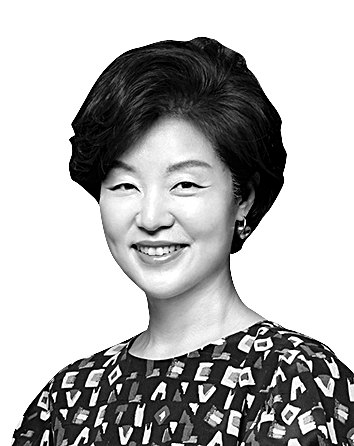Building Seoul’s urban competitiveness

The author is Seoul City Urban Architecture Co-Committee member.
In life, there are things that I now feel glad I didn’t do back then. That’s what came to my mind when I saw the Seoul Metropolitan Government’s announcement of the Yongsan International Business District development project. In 2006, Korail selected the Samsung C&T consortium as a private operator, but the project did not proceed. Korail, the private operator and the Seoul Metropolitan Government had significant differences in opinions over the development plan, and they failed to overcome the 2008 global financial crisis.
Since the lifting of the urban development zone designation, the Seoul Metropolitan Government and Korail have put their heads together again. First, they established a vision for the future of Yongsan and signed an implementation agreement. The city communicated 130 times to establish a development plan. The city proposed the vision to make Seoul one of the “top five global cities” and added strategies of convergence international business city, three-dimensional walking green city, smart eco city and accompanying emotional city.
However, the project method is not included here. The development plan is the space plan. The way to realize the space is the project method. If SH Corporation builds the infrastructure for urban development projects, Korail will have 70 percent ownership and SH Corporation will have 30 percent of the land. It is highly likely that the land supply created after that will be the highest bid. Will it be enough?
In November 2023, Azabudai Hills, developed by Mori Building, was completed in Tokyo. Mori Building CEO Tsuji claimed, “Japan may not defeat America, but Tokyo can defeat New York.” Azabudai Hills built 10 buildings on a small plot of land, one-fifth the size of Yongsan District in central Seoul. It is a true complex, with a luxury Hermès store, a British school and Keio University’s Center for Preventive Medicine. These buildings are enhancing Tokyo’s urban competitiveness.
What is the secret? Mori Real Estate started developing Azabudai Hills in 1989 and invested 5.6 trillion won ($4.2 billion) in construction costs to complete the project in 34 years. It is the outcome of dedication and hard work. Then, are real estate developers in Korea only focusing on making easy money from the sales?
The secret of Tokyo lies in the land price. Both Roppongi Hills and Azabudai Hills developed by Mori Real Estate are joint projects for landowners. They can spend time because the land price is not included. On the contrary, if you don’t have your own land, you can’t easily make money because of the rising land prices. In order to “realize the value of land into buildings,” which is the essence of developers, the best capabilities should be displayed.
Pressed by high land prices, plans become hasty, and public interest cannot be taken into consideration. Sales have to be quick. However, the land in Yongsan cannot be sold cheaply. The answer is a land lease business method. A good example can be found in Korea. Yeouido IFC is a development project on leased land from Seoul city. Yeouido Park One is a project on a leased religious site. The two buildings are leading the current Yeouido Renaissance. If they were projects with purchased land, they wouldn’t be what they are today. AIG, which invested in the IFC project, saw profits after stabilization.
Here, I pay attention to the REITs system. REITs is a system in which people invest in highquality real estate with a small amount and reap dividends. When LH supplied land for the Alpha Dome 6-4 block in Pangyo, Gyeonggi, it applied the REITs method. Shinhan Alpha REITs, which was created based on this, is now the leading REITs stock. If the development of Yongsan International Business District is linked to REITs, people who invested in the development will feel proud that it is “their building” when looking at the Yongsan landmark.
The money received from lending land returns slowly. The profit may be lower than expected at first. However, if this can increase urban competitiveness, the Seoul Metropolitan Government and Korail must not forget that it is a great value that cannot be compared to sales or rental income.
In “Everybody’s Political What’s What,” Bernard Shaw argued that land was the problem. The people who own land would end up monopolizing wealth. The building where the developer’s ideas blossomed would become a charming space attracting foreign companies. The building would be listed as REITs, and the general public would invest. The rent paid by foreign companies would go to the owners as dividends.
Then, Yongsan will be transformed from Korea’s logistics hub to a global capital hub, and Yongsan’s urban competitiveness will lead to national competitiveness. A hundred years from now, it can be the source of Korea’s leap forward based on public ownership.










with the Korea JoongAng Daily
To write comments, please log in to one of the accounts.
Standards Board Policy (0/250자)